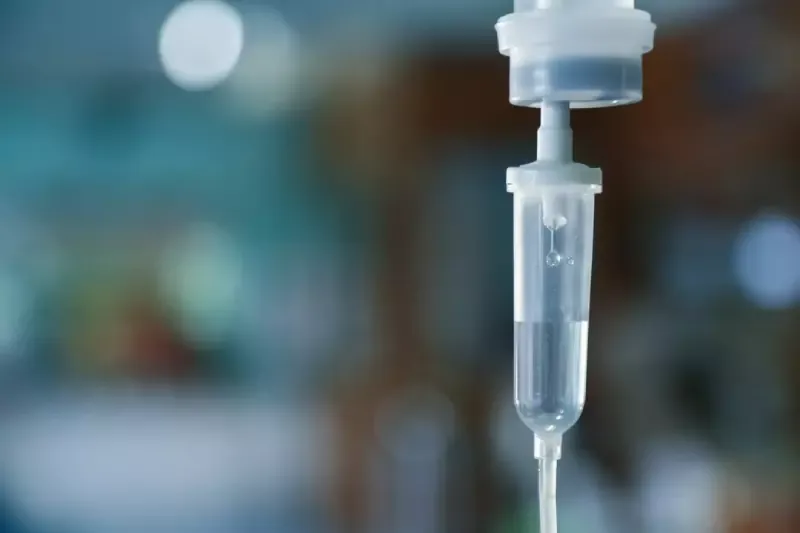Why do laminates produced using the vacuum infusion process have the best physical properties?
Composite laminates consisting of layers of glass fibres and polyester resin are produced using vacuum infusion, which improves the physical properties of the finished material. We explain what vacuum infusion is and what the advantages of infusion laminates are.
The infusion process is key to improving the physical properties of laminate
 Vacuum infusion is a technologically advanced process that allows the use of various raw materials to obtain laminates characterised by high strength and excellent mechanical properties. With the help of vacuum infusion, we produce polyester-glass composites that are used in many industries, such as aerospace, automotive, construction, and in the production of lightweight yet durable medical device housings..
Vacuum infusion is a technologically advanced process that allows the use of various raw materials to obtain laminates characterised by high strength and excellent mechanical properties. With the help of vacuum infusion, we produce polyester-glass composites that are used in many industries, such as aerospace, automotive, construction, and in the production of lightweight yet durable medical device housings..
The vacuum infusion method involves placing dry reinforcement in a prepared mould covered with gelcoat, which contains, for example, glass fibres, and then placing a mesh to improve the flow of resin and fabric, and sealing everything in a very tight vacuum bag. The absence of air inside allows the resin to be evenly distributed throughout the mould under the influence of pressure differences.
Advantages of polyester infusion laminates
This technological process enables precise saturation of glass fibres with resin, resulting in the creation of an exceptionally durable laminate. The material produced in the vacuum infusion process is resistant to mechanical damage, corrosion, atmospheric factors, and even chemicals and UV radiation.
It weighs less than other construction materials, making it suitable for applications where low weight is important, such as in the aerospace industry. The use of vacuum infusion also reduces emissions of harmful chemical compounds such as styrene.



